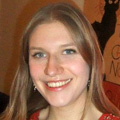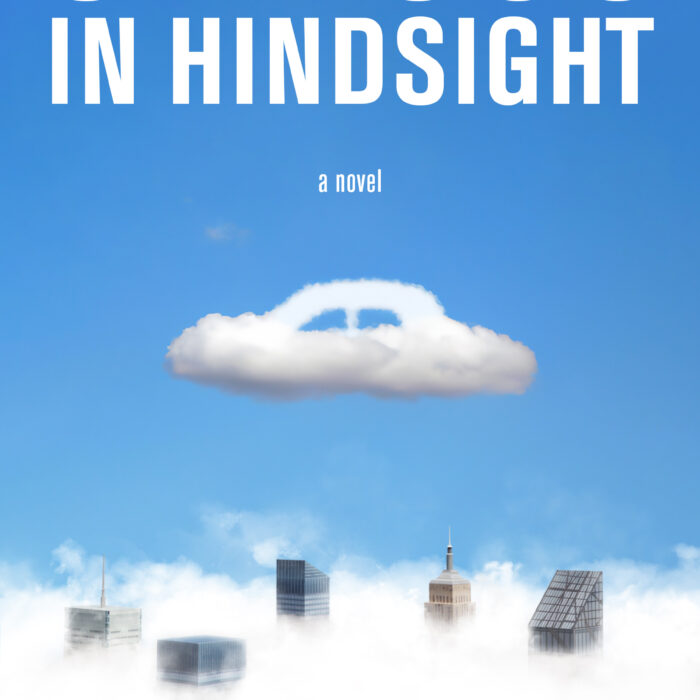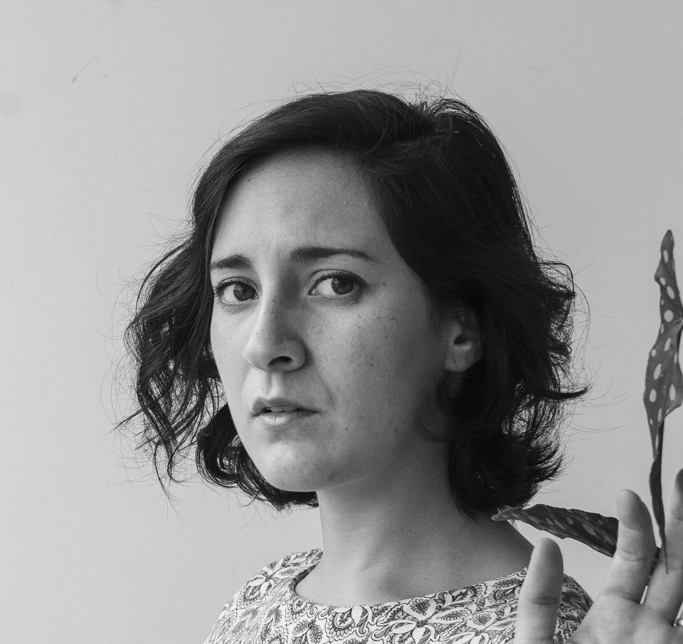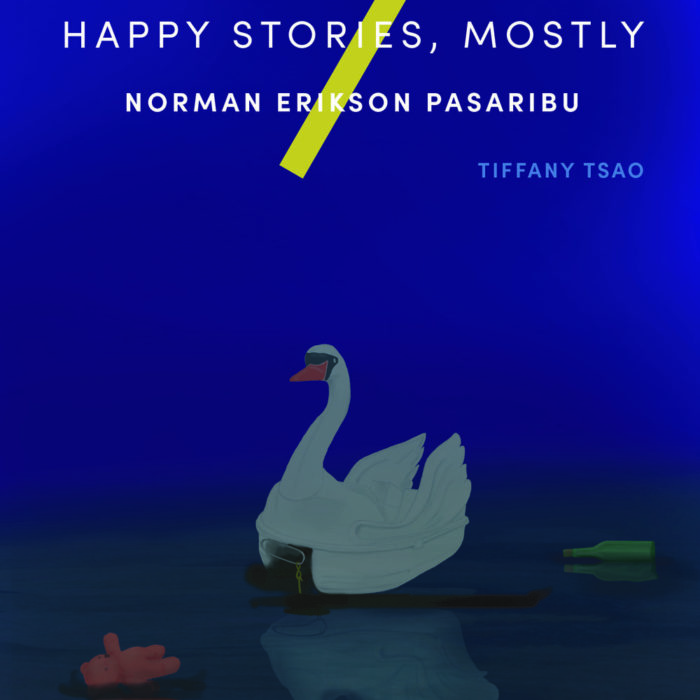You have no items in your cart. Want to get some nice things?
Go shopping
Philip Pullman is a writer of international renown. Named by the Times as one of the “50 greatest British writers since 1945“, he is the author of numerous bestselling and award-winning books, most notably the His Dark Materials (Northern Lights) trilogy, which has won not only the Carnegie medal but the “Carnegie of Carnegies“—a 2007 poll in which book lovers choose their favourite winner from the Carnegie’s 70-year history.
His latest book is Grimm Tales for Young and Old, a beautiful retelling of fifty, personally handpicked fairytales. Shocking, hilarious and haunting by turns, it brings Pullman’s wit and wisdom to the weird and wonderful tales first collected by the Grimm brothers.

For Londoners who would like to catch Philip Pullman in person: he will be discussing the book with writer and literary journalist Lucasta Miller at the Southbank Centre on Thursday, 6 December as part of the Economist‘s Books of the Year festival. Book your tickets here.
Ahead of the event, I spoke to the author, who is based in Oxford, over the phone about riffing on the Grimms’ classic collection, the essential difference between novel characters and fairytale heroes, the importance of horror to storytelling, and where he’s going to venture next in his work.
I was at the launch of The Good Man Jesus a few years ago, and I remember you talking then about your interest in paring down the story and simplifying your language. Reading your introduction to your new book, it sounds like you have a similar project going on here.
Yes. In both the Jesus book and this one I was relying on reshaping stories that had originally been oral tales. The Grimms had oral sources—they were relying on people who told them stories which had been handed down for years, in most cases without a literary background at all. The same thing’s true about the Gospels. We think of Matthew, Mark, Luke and John as texts, but they’re really reports of things their authors had heard about, many years afterward the events themselves. The way in which the Jesus stories were passed on was of course the oral way, and so in both cases I was doing things with oral origins.
It struck me that in a way, you approached The Good Man Jesus as almost a Christian fairytale. In a recent discussion of your book at the Cambridge Theatre [which Philip Pullman missed because he was ill], Neil Gaiman said that he thinks fairytales came from myths, that stories started large and got watered down into fairytales. What do you think about that, and are myths and fairytales closer than a lot of people think?
Interesting point, but I think they are slightly different things. Myths have an explanatory purpose. They explain why the rainbow is there, for example, or why we have the seasons, or why we die—big questions. Fairytales are not like that. They’re about matters of great human importance, like marriage or birth or death, but they don’t have the same sort of big purpose as myths. It’s very hard to say, of course, why people started telling a story about a woman who was very badly mistreated by her mother and stepsisters, who then grew up to marry a prince and so lived happily ever after. Why would you tell a story like that, except that it’s fun to imagine? It’s an interesting thing to think about, and so it’s a good story.
We often hear it said that there are only seven stories in the world, and it’s certainly true that the same human situations come up time and time again. One of the reasons fairytales, and the Grimms’ tales in particular, have been so popular is that they do deal with fundamental human situations. What do you do if you’re starving and you can’t feed your children? You send them into the forest and hope somebody else will look after them. Fairytales are popular because they talk about basic human situations, ways in which human beings can relate to one another. We can be a parent to a child, a child to a parent, or we can be a spouse or a partner—that’s about it!
As a child I read your very big His Dark Materials series first, and then I went back to some of your earlier stories. They seemed a lot more deliberately simple—like fairytales, in fact! Is there something about the form that particularly interests you?
There’s a big difference between novels and fairytales. His Dark Materials were novels, but as well as the Grimm Tales I’ve written four other books that I call fairytales, although they’re much longer than the stories in Grimm: The Firework Maker’s Daughter, The Scarecrow and His Servant, Clockwork, and I Was a Rat. The difference is in the characters. In a novel, the character has to be as rich, as 3-D as you can make them, with a psychology, with a personality, with experience—all the things that we understand as making up consciousness. But the characters in a fairytale aren’t like that, they’re flat somehow. We aren’t interested in the psychology of Cinderella; it doesn’t matter very much to us what Little Red Riding Hood thinks or feels. It matters what she does. I found that to be true when I was doing these Grimm tales, and I find that difference fascinating. Flat characters are very delightful to be with.
But they’re still very driven characters, they have desires, something they really want, and they push for it.
Yes, they’re much simpler even than the characters in Dickens, who are often accused of being very flat indeed. They want things, but they’re very simple about it. The boy who wants to learn what fear is—that’s the only thing he wants. And Gambling Hans, the only thing he cares about is gambling. He’s obsessed by it.
As you say, the tales all have a “swiftness” to them, a wonderful lack of logical progression. For example, in “The Three Golden Hairs”, the character suddenly arrives in Hell with no explanation. Did you enjoy working with that kind of energy?
It was very fun to do. Some of the stories were more difficult than others, but they all had that sheer, deft, very swift nature which was great fun to work with. It was also fun to work on something that was already there, rather than having to make it up. Because the story was there already, what I had to do was—and I make this comparison often—more like playing jazz than playing classical music.
The full title of your book is Grimm Tales for Young and Old, and in the introduction you say “the ideal fairytale is too easy for children and too difficult for adults”. Do you have a fairytale that you understood as a child—that you just got—and then you grew up and found yourself having to struggle with it more?
Well, “The Juniper Tree” is a bit like that. But so is “Little Red Riding Hood”. So are a lot of them, actually. When you’re young and you meet Little Red Riding Hood for the first time, you just want to know what happens next. You’re thrilled by the horror of being eaten by a wolf, and you squeal with excitement when the huntsman comes along and sets her free. Then when you meet Little Red Riding Hood again as an adult you start to think, what is her mother doing sending her into the woods? She knows there are wolves, why is she exposing her to so much danger? So you do see them in different ways.
Talking about that excitement and fear, what do you think is the role of fear and horror in fairytales, and is it important?
They wouldn’t work without it! In the simplest sense of all, a story begins with something going wrong. If everything went well, if everybody was happy and nothing went wrong, there wouldn’t be a story. Stories happen when somebody dies and there’s a consequence, or when someone gets lost, and so on. There’s got to be this element of apprehension, of worry for the main character. In fairytales, of course, this is taken to an extreme degree: we have mutilations and beheadings and deaths and all sorts of things. It’s a world of extreme violence, but because the characters aren’t real, because they’re just puppets, so to speak, we don’t worry too much. We know that they’re just going to come back to life in the end.
You write about your interest in telling the stories. What was the process of writing them like? Did you feel as though you were actually telling them out loud?
I did treat the stories very much as spoken things. I had to hear my voice telling them as I wrote them down, and I wanted to make them work orally, so that they could be read aloud with great ease—that was a very important thing for me.
The translation necessary between oral and written stories is very interesting. You explain in your introduction to the book that some of the Grimms’ sources were oral and some were manuscript—how did that affect your own retellings?
That was interesting to find out. I wanted to give my reader a little more information than usual about where the stories came from before the Grimms got them, so I found out who the tellers were or alternatively what the literary source was. “The Juniper Tree” is an interesting one because it came to the Grimms as a fully written manuscript. There are many different forms of the basic Juniper Tree story but I feel that this one is a particularly perfect retelling. In fact, it was one of the very few stories I found that couldn’t be improved. I couldn’t do anything to it to make it better; if I tried to do it another way, the story would resist me. To meet this kind of resistance from a story was very interesting. And in the end the story was right—it is un-improvable.
You mentioned giving readers additional information about the stories. The notes you give are quite scholarly and it is obvious that, as well as telling really great stories, you’re also writing this for people who want to study the stories.
I hope the stories are not just for academics. I thought they would be of interest to people who are interested in stories per se, not just for academic reasons. I wrote in the notes the sort of things I would be interested in reading myself—principally, what makes it a good story, why does it work, what is there in the story that doesn’t quite work and what has been done to it to make it read more fluently.
This is obviously a retelling of one specific group of stories, whereas a lot of writers working with fairytales at the moment are using more diverse influences. What do you think of the different ways of responding to fairytales?
Fairytales are almost indestructible, and the stories will accept many different kinds of retelling. At one extreme you’ve got people like Angela Carter whose variations are very poetical reimaginings of the stories. They are very much her own voice and often told in the first person, and that’s fine. The stories can take it, there’s no harm in that. In Grimm Tales I tried for a very straight version that is, as I say in the introduction, “as clear as water”. That was just the way I chose to do it. But the stories can take any sort of retelling. They can even be told as novels, although that takes more doing.
I hadn’t realised this before, but a lot of the Grimm stories are very Christian in their tone—”The Girl with No Hands”, for example. As an atheist, how did it feel to respond to that?
The Grimms were men of their time, very pious, and as the nineteenth century wore on and their book went through several editions the stories became more and more pious and more and more overtly Christian. Some of them started in almost a pagan way and became more Christian as they went along. There were other stories I left out that were more pious and, for that reason, less interesting to me. But essentially, if it was a good story, I told it. If it wasn’t such a good story, I left it out.
Reading them, I could recognise that they were the Grimms’ stories I knew. But in the word choice and the little details they were also your own. What is the place of personal imagination within the formulaic storytelling tradition?
Everybody who tells a story has a duty to make it their own. There is no settled text for a fairytale. What the Grimms did was write down one version from one occasion on which they heard it, and often they altered it later. Because of this the modern teller of a fairytale has every right—and, in fact, every duty—to make it their own.
I recently went to a talk about crime fiction, and one of the writers said that it was the boundaries around the genre that gave her freedom to invent. Is that how you feel?
Well, that’s true. It’s not quite the same thing, because crime fiction is a genre, and I’m not quite sure fairytales are a genre. They’re something a bit different. But certainly working within the confines of a genre you can be very inventive. It’s part of the fun for fans of genre fiction—which I am, I like thrillers—seeing how the writer has played with the concept, inverted it and subverted it.
It’s that jazz again! Neil Gaiman has also said in talking about your book that in fairytales there’s nothing special about the hero, that they sort of stumble into their role. But aren’t there certain qualities, like kindness and politeness and cleverness, that every fairytale hero has to have?
Fairytale heroes are the everyman or everywoman. Their goodness is part of the basic morality of the tales, which is a very simple morality, based on justice. If you’re good you will be rewarded and if you are bad you will be punished. But the good characters are the everyman characters. They are kind and forbearing—and most importantly, they are brave. You have to be brave!
And finally, where will you go from here?
Well, I’m actually writing another book in the His Dark Materials series, set in Lyra’s world. The Book of Dust, it’s called.
I was going to ask whether Lyra was still in your head, but obviously she still is! We had a reader question about whether when you hear the word “dust”, it still means “Dust” in your special sense, and I suppose it still does!
Yes, it does! The Book of Dust is set in Lyra’s world and it’s about Dust—by which I mean human consciousness—about what it does and what it is. I’ve been announcing this for about ten years, but I’ve finally got going with it.
Philip Pullman will be discussing his latest book, Grimm Tales for Young and Old (Penguin Classics), at the Southbank Centre on Thursday, 6 December as part of the Economist Books of the Year series. He will be in conversation with writer and literary journalist Lucasta Miller. For more information and to book tickets, click here.
If you’re a fan of fairytales, click here for your fairytale fix: in books, films, TV series, exhibitions, and on the stage.

Robin Stevens
Robin started out writing literary features for Litro and joined the team in November 2012. She is from Oxford by way of California, and she recently completed an English Literature MA at King's College, London. Her dissertation was on crime fiction, so she can now officially refer to herself as an expert in murder (she's not sure whether she should be proud of that). Robin reviews books for The Bookbag and on her own personal blog, redbreastedbird.blogspot.co.uk. She also writes children's novels. Luckily, she believes that you can never have too many books in your life.




